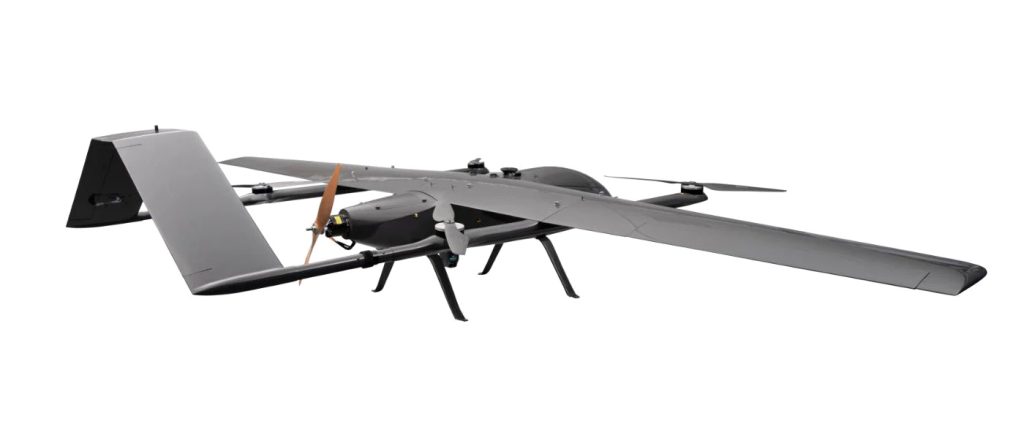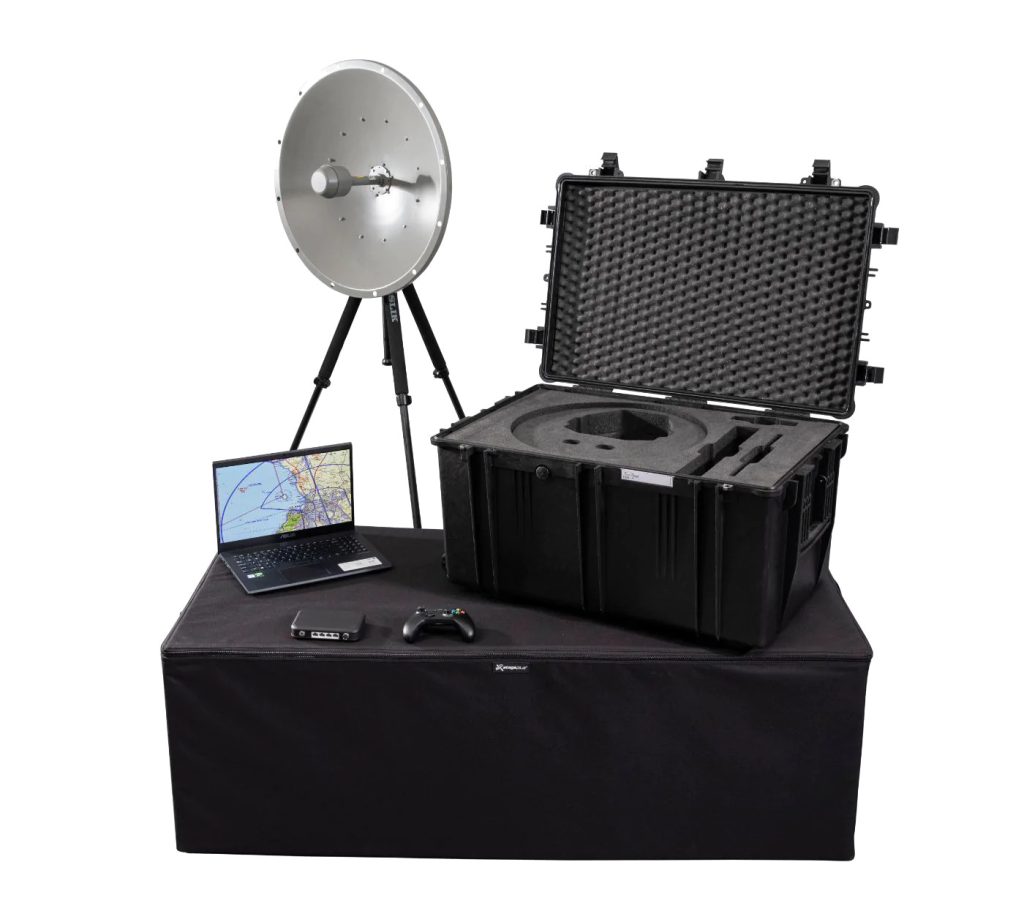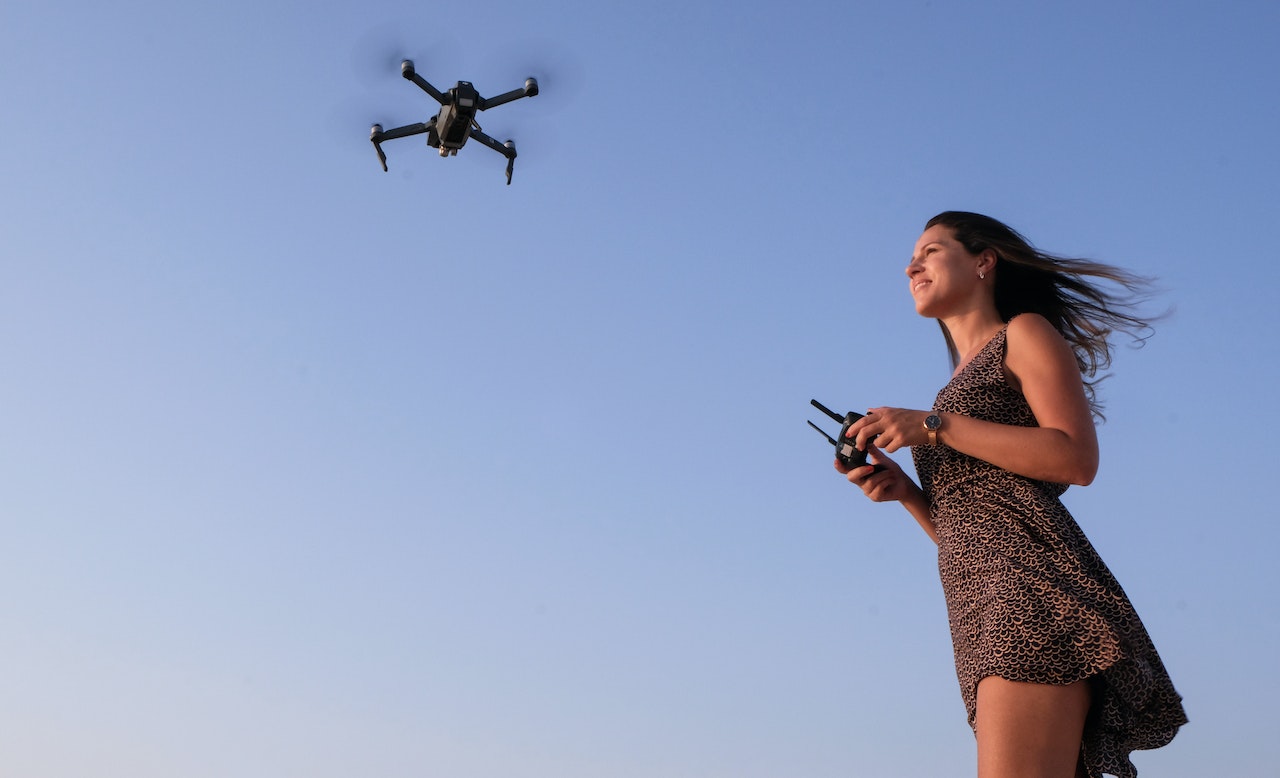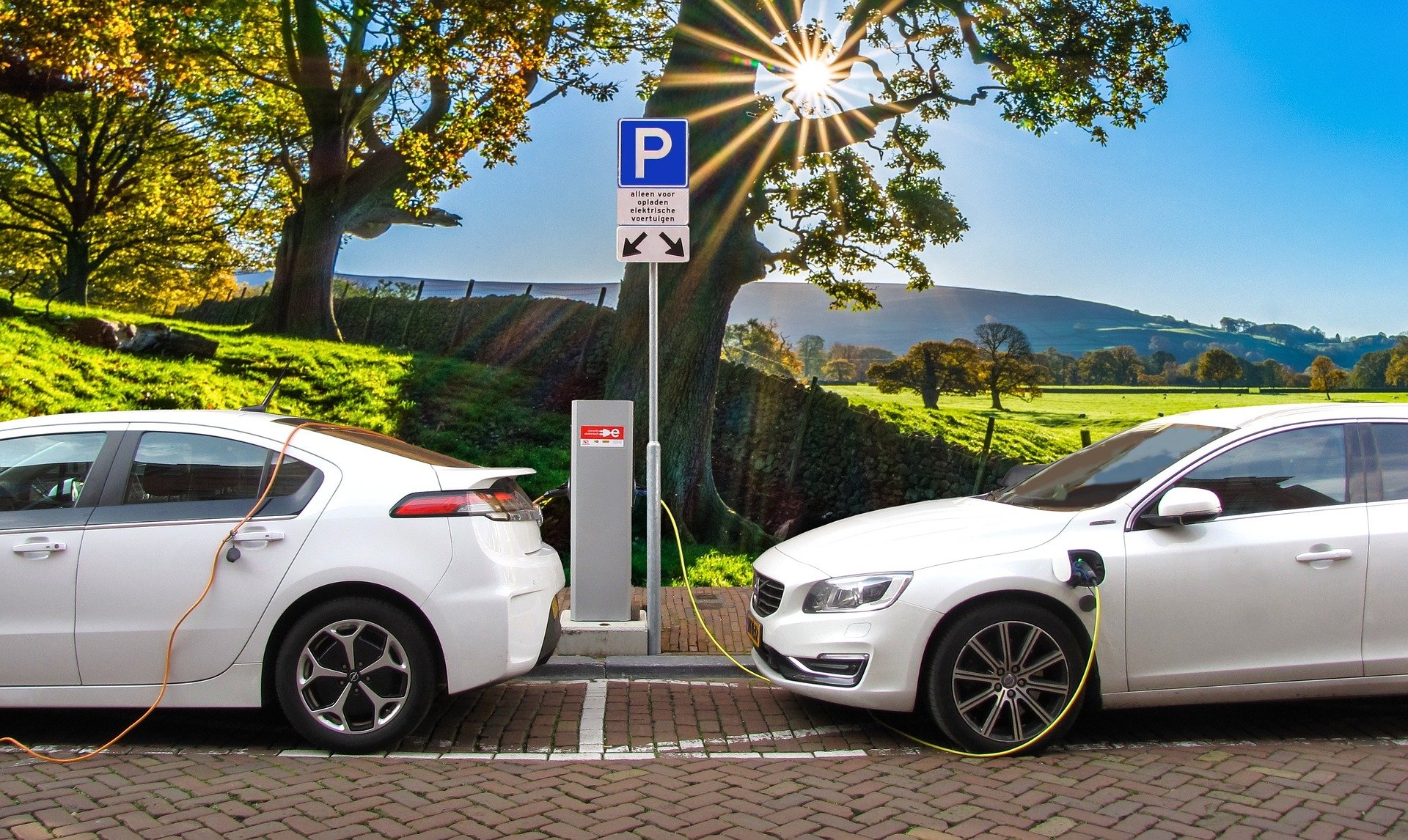Drones are flown by pilots who use a remote control to navigate them. The drones are equipped with cameras, so the pilot can see what the drone is seeing in real-time. This allows them to capture footage and photos from above that they couldn’t get any other way.
But how far can a drone fly? Learn more as you continue reading this post.
What Is The Average Distance That A Drone Can Fly Away From Its Controller
Drones are a popular topic lately, and for a good reason. They offer an interesting opportunity for aerial photography and videography, among other uses. But how far can they fly?
The average distance a drone can fly away from its controller is about 100 meters. This may vary depending on the model of the drone, but this is a general estimate. Drones can be used for a variety of purposes, including mapping, photography, and even delivering packages. With the increasing popularity of drones, it is important to be aware of the limitations of each model.
Factors That A Drone’s Flight Distance

There are many factors that can affect how far a drone can fly. The most important ones are listed below:
1. Drone Weight – A heavier drone will usually fly a shorter distance than a lighter one.
2. Battery Strength – A drone with a weak battery will fly a shorter distance than one with a strong battery.
3. Weather Conditions – Wind and weather conditions can have a significant impact on how far a drone can fly.
4. Obstacles – If there are obstacles in the way, it will obviously affect the distance that the drone can fly.
5. User Skill Level – A beginner is not going to be able to fly a drone as far as someone who is experienced.
Aside from that, the model and size of a drone can affect its distance in a few different ways. For example, a smaller drone will have less wind resistance and thus be able to fly further than a larger drone. Additionally, the weight of the drone will also play a role in how far it can fly – a lighter drone will be able to stay in the air longer than a heavier one. Of course, the type of propulsion system the drone has will also be a major factor in its range. Drones that use propellers will generally have a shorter range than those that use jet engines, for example.
How About The Maximum And Minimum Altitude

Drones are becoming increasingly popular, and with that popularity comes more regulation. The maximum altitude of a drone is something that is currently being regulated by the FAA (Federal Aviation Administration). The maximum altitude for drones is 400 feet. This limit is in place to keep drones from interfering with other aircrafts. There are exceptions to this rule, however, and drones can fly higher with permission from the FAA.
On the other hand, the minimum altitude of a drone is the lowest height at which a drone is able to fly. This can vary depending on the drone, but typically it is around 200 feet. Anything lower and the drone may not be able to stay in the air or could be at risk of crashing.
Can Drones Malfunction If It Flies Beyond The Recommended Flight Distance
Yes, drones can malfunction if it flies beyond the recommended distance. However, most drones have a safety feature that will automatically shut down the drone if it goes too far away from the controller. This is done to prevent the drone from flying out of range and getting lost. If your drone does malfunction and flies away, it is important to try and find it as soon as possible before it gets lost or damaged.
Can A Drone Fly Farther If The Controller Is Configured To Send Stronger Signal
This is an interesting question, as it would seem that the answer would be yes. However, there are a number of factors that would need to be considered when trying to answer this question. For example, what type of drone is being used? How windy is it outside? Is there anything obstructing the path of the drone? All of these factors would need to be taken into account before attempting to answer this question.
There are a number of different types of drones, and each one has its own strengths and weaknesses. For example, some drones are designed for long-distance flight like the long-range drones from AirborneDrones.co, while others are better suited for short-range flights. In addition, some drones are better at flying in windy conditions than others.
However, in general, it seems like it would be possible for a drone to fly farther if it was receiving a stronger signal from its controller. This is because the drone would be able to receive more information from the controller, which would allow it to fly more accurately.






